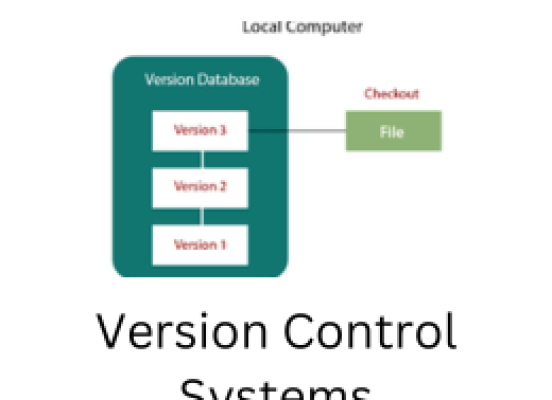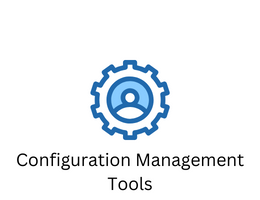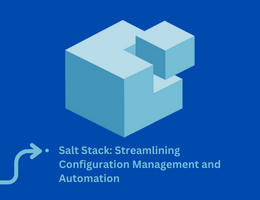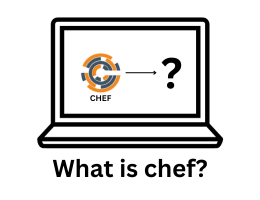
Version Control Systems (VCS): An exploration of different version control systems like Git, Subversion, and Mercurial, and their role in managing changes to software code.
- By admin --
- Tuesday, 25 Jul, 2023
Introduction
Version Control Systems (VCS) play a pivotal role in software development, enabling teams to efficiently manage code changes, collaborate seamlessly, and maintain a history of project modifications. This article provides a comprehensive exploration of three popular VCS tools: Git, Subversion, and Mercurial. We will delve into their functionalities, features, and benefits, while also comparing their strengths and weaknesses. Understanding the nuances of these VCS tools will help developers and teams make informed decisions regarding their choice of version control system.
- Version Control Systems: An Overview
Version control is a method of tracking changes to files, typically used in software development, to manage the codebase collaboratively. A VCS allows multiple developers to work concurrently, avoiding conflicts and ensuring a cohesive development process. The key benefits of version control include easy code sharing, historical tracking, error rollback, and a structured approach to collaboration.
- Git: Distributed and Pervasive
Git is arguably the most widely used distributed version control system. Developed by Linus Torvalds, Git was designed with the Linux kernel's development in mind. Its distributed nature allows each developer to have a complete copy of the entire repository, promoting robustness and flexibility.
Git's branching and merging capabilities are powerful, enabling developers to experiment with new features while maintaining a stable codebase. Additionally, its speed and efficiency make it an ideal choice for both small and large projects.
2.Subversion (SVN): Centralized Legacy
Subversion, also known as SVN, is a centralized version control system. While it was once the primary choice for version control, it has gradually been overtaken by distributed systems like Git. SVN's central repository model means that every developer interacts with a central server to access the codebase, which may introduce a single point of failure and performance bottlenecks.
Despite its decreasing popularity, SVN is still used in some organizations, particularly in legacy systems that have yet to transition to more modern VCS tools.
3.Mercurial: A Balance Between Git and SVN
Mercurial, like Git, is a distributed version control system. It shares many similarities with Git but is often regarded as more user-friendly and straightforward, making it an appealing choice for beginners and smaller projects.
Mercurial's command-line interface and concepts closely resemble those of Git, making it easier for developers familiar with Git to adapt. Its decentralized architecture and efficient branching and merging capabilities offer flexibility akin to Git.
4.Features and Functionality Comparison
a. Branching and Merging:
- Git: Powerful and efficient branching and merging, allowing for feature development and bug fixes in separate branches.
- SVN: Supports branching and merging but lacks some of the advanced features present in Git.
- Mercurial: Similar to Git, Mercurial provides robust branching and merging capabilities.
b. Performance:
- Git: Known for its exceptional performance, even with large repositories and extensive history.
- SVN: Centralized nature can lead to performance issues when dealing with substantial codebases and frequent commits.
- Mercurial: Generally performs well, with performance comparable to Git.
c. Ease of Use:
- Git: Command-line interface can be daunting for beginners, but numerous graphical user interfaces (GUIs) are available.
- SVN: Relatively straightforward and user-friendly, making it an accessible choice for newcomers.
- Mercurial: Often considered more approachable than Git, with a gentler learning curve.
d. Scalability:
- Git: Scales well, allowing large distributed teams to work effectively.
- SVN: May face challenges with scalability in larger projects compared to Git.
- Mercurial: Similar to Git, Mercurial can scale effectively.
5.Collaboration and Remote Work
a. Git: Ideal for distributed teams and remote work, as each developer has a local copy of the repository.
b. SVN: Suitable for co-located teams but may encounter challenges in distributed environments.
c. Mercurial: Like Git, Mercurial excels in supporting distributed teams and remote work.
6.Repositories and Hosting
a. Git: Utilizes GitHub, GitLab, and Bitbucket extensively, providing robust repository hosting and collaboration features.
b. SVN: Various hosting options available, but the choices are fewer compared to Git.
c. Mercurial: While it lacks the sheer number of hosting platforms as Git, it still offers options for repository hosting and collaboration.
Conclusion
In conclusion, version control systems are an indispensable part of modern software development, facilitating collaborative work and ensuring code stability. Git, Subversion, and Mercurial each have their strengths and weaknesses, making them suitable for different use cases.
Git's dominance in the industry, robustness, and powerful branching and merging capabilities have solidified its position as the go-to version control system for most projects. However, Subversion and Mercurial still find relevance in certain scenarios, particularly in legacy systems and projects where ease of use is prioritized.
Ultimately, the choice of a version control system depends on the specific requirements of the project, the preferences of the development team, and the long-term goals of the organization. Whichever tool is selected, the implementation of any version control system promises to enhance productivity, collaboration, and code management in the software development lifecycle.





